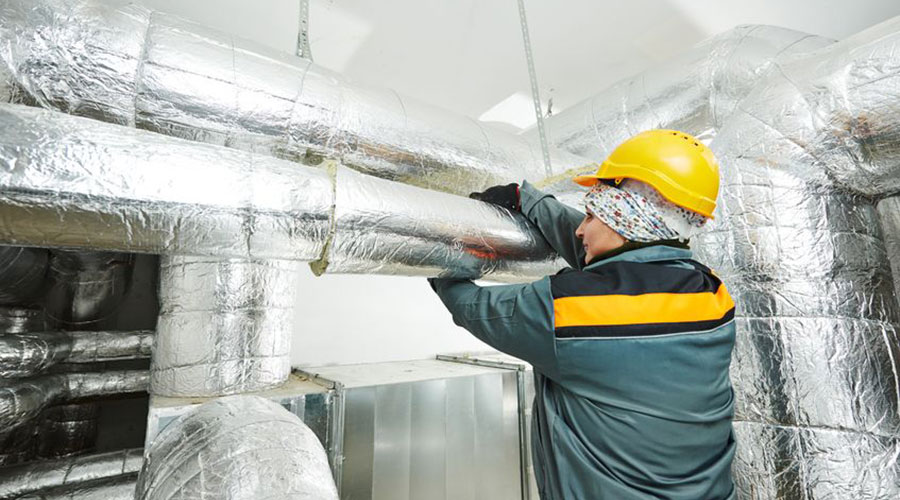Reducing heat losses by insulation
Best Available Technique (BAT)
BAT is to optimise the energy efficiency of combustion by relevant techniques.
Brief technical description
The heat losses through the walls of the combustion system are determined by the diameter of the pipe and the thickness of the insulation. An optimum insulation thickness which relates energy consumption with economics should be found in every particular case.
Efficient thermal i nsulation to keep heat losses through the walls at a minimum is normally achieved at the commissioning stage of the installation. However, insulating material may progressively deteriorate, and must be replaced after inspection following maintenance programmes. Some techniques using infrared imaging are convenient to identify the zones of damaged insulation from outside while the combustion installation is in operation in order to plan repairs during shutdown.
Achieved environmental benefits
energy savings
Cross-media effects
Use of insulation material.
Operational data
Regular maintenance and periodical control is important to check the absence of hidden leaks in the system (below the insulations). In negative pressure systems, leakage can cause an increase of the amount of gas in the system and a subsequent demand of electrical power at the fans.
In addition, uninsulated parts of the system may cause injuries to operators where:
- there is a risk of contact
- temperatures exceed 50 °C.
Applicability
All cases
Economics
Low cost, especially if carried out at shutdown times. Insulation repair can be carried out during campaigns.
Driving force for implementation
Maintaining process temperature.
Example plants
Insulation repair is carried out during campaigns in steel and glass industries.
 EE Metal
EE Metal




